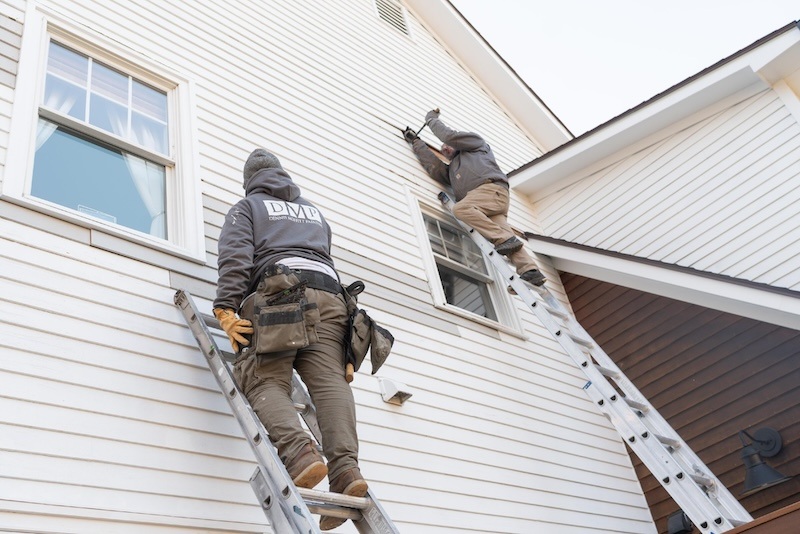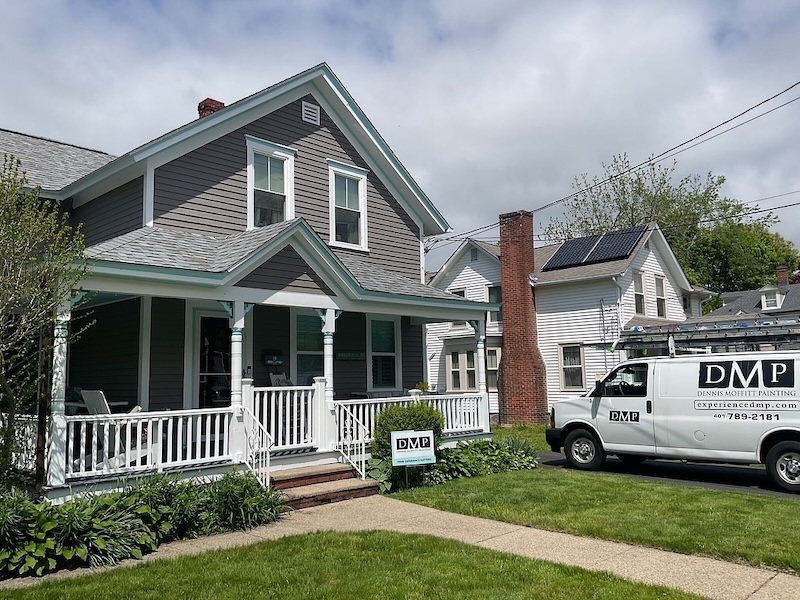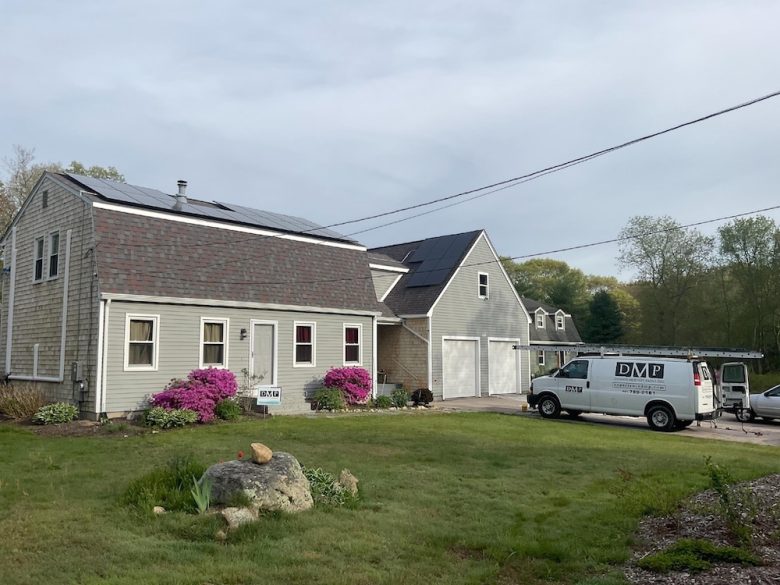If you think exterior paint is just for making your home look good, well, you're only half right. Sure, a crisp coat of color can make your siding pop, but painting actually plays a much more practical role than most folks give it credit for. Especially here in New England, where moisture and UV rays are constantly tag-teaming your home, the right paint job might just be your wood’s best defense.
Let’s break down how painting can help prevent wood rot and sun damage, and where its limits lie.
What’s Eating Your Wood (or At Least Trying To)?
Before we talk about how paint protects, we need to talk about what it’s protecting from. Wood rot is caused by fungi that thrive in moist, damp environments. Once they find a cozy patch of untreated or weathered wood, they start breaking it down like it’s an all-you-can-eat buffet. The result? Soft spots, structural weakness, and eventually, pieces of your home that you could poke a finger through. Not ideal.
Then there’s sun damage. UV rays from sunlight break down the fibers in wood, causing it to dry out, crack, and fade. Think of unpainted wood as your skin on a summer day. Now imagine leaving it out there for 10 years with no sunscreen. Ouch.

So, Can Paint Really Help? You Bet It Can.
Paint acts like armor. A well-applied coat of high-quality exterior paint seals wood surfaces and helps block both moisture and sunlight. Here’s how:
Moisture Barrier: Paint keeps rain, dew, and humidity from soaking into the wood grain. Less moisture means fewer opportunities for rot to take hold.
UV Protection: Certain paints include UV-resistant additives that help deflect those damaging rays. No sunglasses required.
Extra Toughness: Paint also hides small imperfections or surface damage, keeping them from worsening over time.
It's not just about looks; it’s about longevity.
Where It Matters Most
Some areas of your home are more vulnerable than others, especially those exposed to the elements year-round. If you’re going to paint anything, prioritize these spots:
Siding & Trim: The front line against rain and sun.
Fascia & Soffits: These often-overlooked areas can collect moisture.
Decks & Fences: Constantly exposed, frequently forgotten.
Window Sills & Frames: Water loves to pool here so it's prime territory for rot.
Pro tip: Don’t forget the underside of wood features like porch steps or railing caps. Gravity doesn’t care which way the water drips.
But Paint Isn’t Magic (Sorry)
Here’s the catch, paint can help prevent wood rot and sun damage, but it’s not a miracle cure. If the wood is already damaged, painting over it just covers up the problem (and if that doesn't work for a relationship it wont work for your deck).
Also, paint can fail if:
The surface wasn’t prepped properly.
You used low-quality paint (or the wrong type).
There's water coming from behind the painted area (like a leaky roof or bad flashing).
Moral of the story: Start with sound wood and good prep, or you’re just wasting paint.

Tips to Make That Paint Really Work for You
If you want your paint to be more than just a pretty face, here’s what to keep in mind:
Prep like a pro: Clean the surface, scrape off old flaking paint, sand rough spots, and prime bare wood.
Choose wisely: Use high-quality acrylic latex or elastomeric paints for exterior wood. These flex and expand with the material, so they’re less likely to crack or peel.
Stick to a schedule: Repaint every 5–10 years depending on exposure and wear. Don’t wait for peeling, it’s not a good look.
Inspect regularly: Pay attention to vulnerable spots. Bubbling, discoloration, or cracks are early signs your paint’s waving the white flag.
Your Takeaway
So the answer is yes, painting can absolutely help prevent wood rot and sun damage… if you do it right. Think of it as part of your home’s regular health routine. Skipping it might not cause problems overnight, but over time? You’ll wish you’d picked up that brush a little sooner.
Dennis Moffitt Painting: The Best Thing for Your Exterior Paint
At DMP, we specialize in high-quality exterior painting that doesn’t just look great, but actually protects your home where it matters most. Our team understands how moisture, sunlight, and time can wear down even the toughest surfaces, and we’re here to help you stay ahead of costly repairs. From proper prep work to expert application, we make sure your paint job goes the distance.
Frequently Asked Questions
Q: How often should exterior wood be painted?
A: Every 5 to 10 years is typical, but high-exposure areas might need it sooner, especially if you spot peeling, cracking, or fading.
Q: Can I paint over wood that already has rot?
A: Please don’t. Rotten wood should be repaired or replaced first. Paint won't stop the decay - it'll just delay the inevitable (and maybe trap more moisture inside).
Q: What’s the best paint for UV protection?
A: Look for high-quality exterior paints labeled “UV resistant” or those made with acrylic latex. Elastomeric paints are also great for extreme climates.
Q: Is paint better than wood stain for protecting wood?
A: It depends. Paint offers a thicker, more UV-resistant barrier, but stain (especially oil-based) penetrates the wood and can be easier to maintain on decks and fences.
Q: What if the wood is already weathered or grey?
A: No problem—just clean it thoroughly, sand it down to remove damaged fibers, and prime before painting. You can still bring it back to life (and then protect it going forward).


